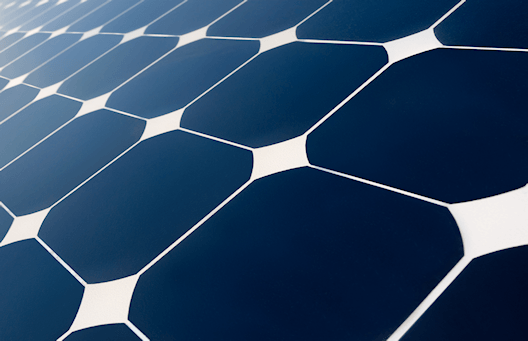 As I’m sure you’re already aware, there are two main types of system you can fit to get the luxury of underfloor heating beneath your toes.
As I’m sure you’re already aware, there are two main types of system you can fit to get the luxury of underfloor heating beneath your toes.
However, the decision between the two is not a straightforward one as there are pros and cons to both styles. In this article we’ll look at those differences and, hopefully, by the end of it you’ll be able to decide on the best underfloor heating for you.
Water-fed underfloor heating
As the name suggests, this is the wet method.
Water-fed UFH systems are made up of a series of pipes that are laid underneath your floor and connected to your boiler. The principle is very similar to the way that your central heating works, although the temperatures needed are far lower than when warming a room with a radiator.
While it is possible to retrofit a home with a wet system, it is much easier to install into a new-build or when a complete overhaul is being made to an existing property. Laying a wet system for just one room can be a major headache so many will opt for the dry system instead.
One consideration when retrofitting a wet system is the height of the room. If your ceilings are already low it’s worth keeping in mind that you will have to raise the floor in order to fit the necessary piping below.
 Water-fed UFH is cheaper to run than its electric cousin but it will cost you more to fit. If you intend to stay in the property for a long time, however, the installation cost will be negated by the ongoing bills so this could be a factor in your decision.
Water-fed UFH is cheaper to run than its electric cousin but it will cost you more to fit. If you intend to stay in the property for a long time, however, the installation cost will be negated by the ongoing bills so this could be a factor in your decision.
That said, even if you were looking to fit UFH as part of a refurbishment in a property that you were looking to sell on, the fact that you have installed UFH will increase the property’s value anyway, so it’s unlikely that you’d be left out of pocket.
Hydronic (wet) systems can also be used to cool as well as heat when used in conjunction with a heat pump, something that dry systems cannot do.
Electric underfloor heating
Electric, or dry, UFH generates its heat via electrical resistance elements that gently warm the floor beneath which they are placed. These elements can come in a variety of guises including free-running cables, open-weave mesh matting or rolls that are laid in a similar way to underlay.
Screeding is still advised for all types so that you can ensure that the flooring you are laying will have a completely flat surface to sit on and that thermal conductivity is increased.
Dry underfloor heating has gone through a bit of a transformation in recent years, mainly thanks to advances in technology. The ability to now make very thin matting has seen an increase in interest from those looking to retrofit UFH into their homes, and demand continues to grow.
Couple this with the fact that even a modest DIYer can roll out a piece of matting into a suitably shaped room and it’s easy to see why its popularity has skyrocketed. It is worth remembering that you’ll need a qualified electrician to make the final connections, however.
 Running costs for dry UFH are generally higher than wet systems, but that is solely down to the fact that they use grid electricity. If you are able to hook them up to solar panels you will rid yourself of those charges altogether, and do the planet a favour to boot! Installation costs for dry systems are lower than water-fed UFH.
Running costs for dry UFH are generally higher than wet systems, but that is solely down to the fact that they use grid electricity. If you are able to hook them up to solar panels you will rid yourself of those charges altogether, and do the planet a favour to boot! Installation costs for dry systems are lower than water-fed UFH.
One gripe that many people who have fitted electric UFH have is that it doesn’t seem to warm the whole room as they would have liked. This can be attributed to a number of reasons, not least the quality of the elements that are installed.
If you are considering dry UFH it is well worth taking the time to read reviews on specific products. As with everything else in life, there are good ones and bad ones, unfortunately.
So, what is the best underfloor heating for you?
Well, there’s only one person who can really answer that…you! Choosing the right type really is a matter of personal preference and circumstance.
Arming yourself with as much information as you can is definitely a step in the right direction, so make sure you take a look through our archives too. You can never know too much!
Let us know which way you decide to go and why in our comments section below.

Can you recommend a couple of dry UFH systems for a renovation project please. An external games room (mix of cinema den and table tennis / table football ares) will be roughly 45sqm, plus a bathroom of roughly 4-5 sqm. We will use the external games room ad-hoc, both spaces have a concrete floor which will be insulated and we plan engineered wooden flooring in the games room and tiles in the bathroom. We plan to install a wall mounted Inset electric heater also, which will generate up to 2000 watts. Having a view of the better systems and those to avoid will be really helpful